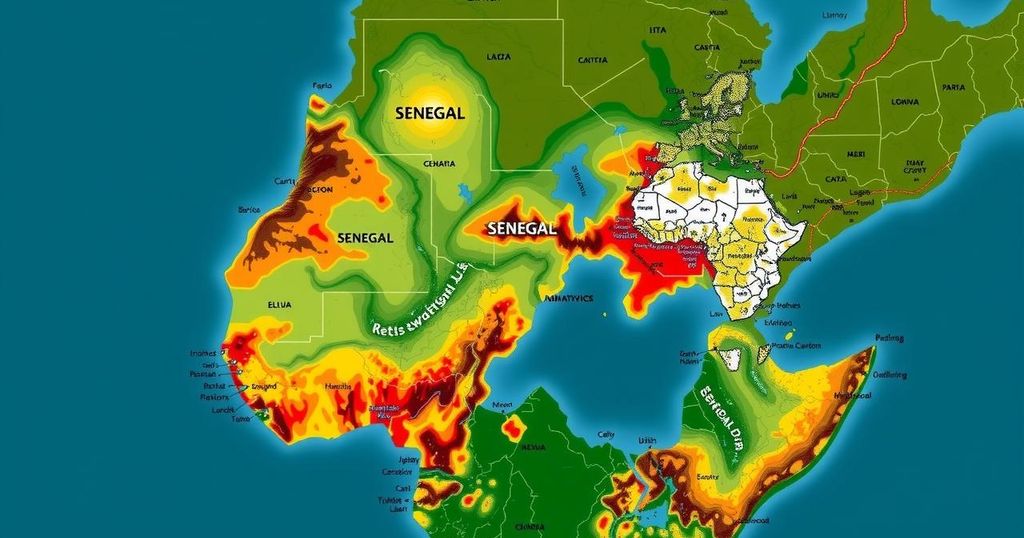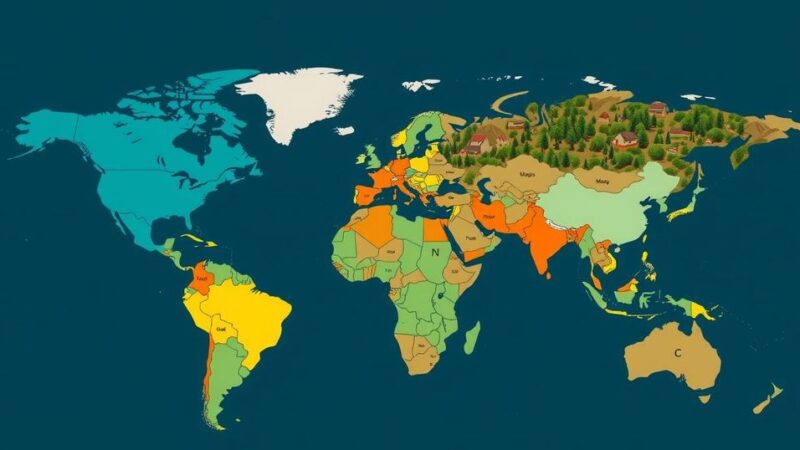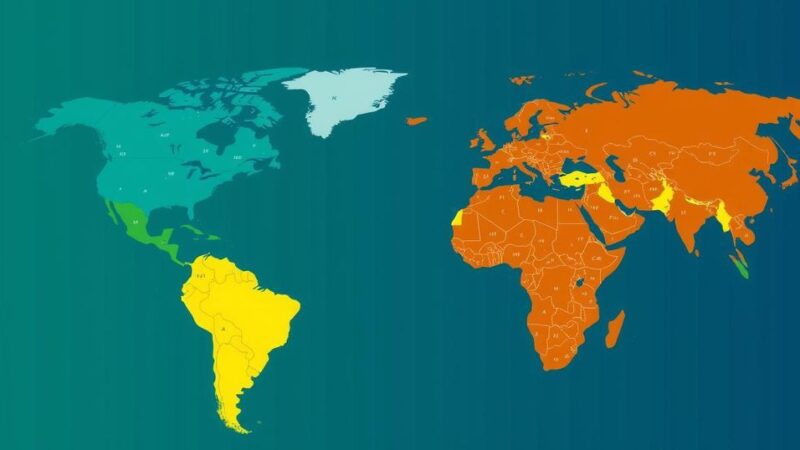Senegal’s development goals are increasingly challenged by climate change, which exacerbates existing vulnerabilities such as poverty and inequality. The CCDR advocates for proactive climate actions that align with development initiatives, focusing on renewable energy transitions and sustainable urban planning. Addressing substantial climate financing needs will require active cooperation between the public and private sectors.
Senegal is facing significant challenges in its development aspirations due to the impacts of climate change. Despite being one of the fastest-growing economies in Sub-Saharan Africa over the past decade, the country struggles with poverty reduction and persistent inequalities. Climate risks, overlapping crises, and external shocks exacerbate existing vulnerabilities, inhibiting sustainable economic development. The ongoing reliance on natural resources and slow structural transformation of the economy further heighten Senegal’s susceptibility to climate change effects. The Country Climate and Development Report (CCDR) proposes various measures aimed at expediting climate action while promoting development across natural, human, and built capitals. These proposed measures are deemed relatively inexpensive in the context of the Senegalese economy, but promise substantial long-term benefits, well beyond mere climate adaptation and mitigation. Transitioning to renewable energy presents an opportunity to align development with climate goals, aiming for net zero emissions by 2050. However, significant challenges remain, particularly regarding the timely implementation and financing of renewable energy initiatives. Senegal boasts considerable renewable energy potential, particularly solar energy, which represents the most cost-effective option for meeting rising energy demands while facilitating decarbonization. In the short term, utilizing domestic gas could provide a bridge to phase out fossil fuels, such as coal and heavy fuel oil (HFO), balancing the energy grid and reducing electricity costs for consumers. The CCDR identifies critical adaptation priorities, which focus on advancing development through resilient and urgent interventions necessary to withstand the impacts of climate change in Senegal. Key among these is the management of natural resources, which underpins resilient economic activities, job creation, and enhanced livelihoods. Furthermore, investing in sustainable cities is recognized as an effective strategy to stimulate economic growth while also heightening resilience against climate impacts. Addressing Senegal’s colossal climate financing needs demands concerted efforts from both public and private sectors to mobilize resources and steer investments towards sustainable outcomes. A robust private sector, committed to investing in climate-resilient solutions, is essential for enabling meaningful climate action. The government plays an essential leadership role by creating an enabling environment that incentivizes resource efficiency and aligns investments with climate goals, including innovative financial instruments like sustainability-linked bonds.
The Country Climate and Development Report (CCDR) for Senegal assesses the intersection of climate change and development, highlighting how environmental challenges hinder the country’s growth objectives. The report emphasizes the need for integrated approaches to achieve sustainable development while addressing the complexities posed by climate change. As Senegal continues to experience economic growth, the report outlines the vulnerabilities stemming from climate risks and the reliance on natural resources, urging for proactive climate action to foster resilience and inclusivity.
In summary, Senegal’s progress towards sustainable development is jeopardized by the effects of climate change. The CCDR outlines critical steps to leverage climate action to advance both environmental and economic objectives. By focusing on renewable energy transformation, managing natural resources effectively, and fostering resilient urban development, Senegal can bridge the financing gap necessary for a sustainable future. A collaborative approach involving robust public and private sector engagement is vital to mobilize the resources needed to realize these goals.
Original Source: www.worldbank.org






